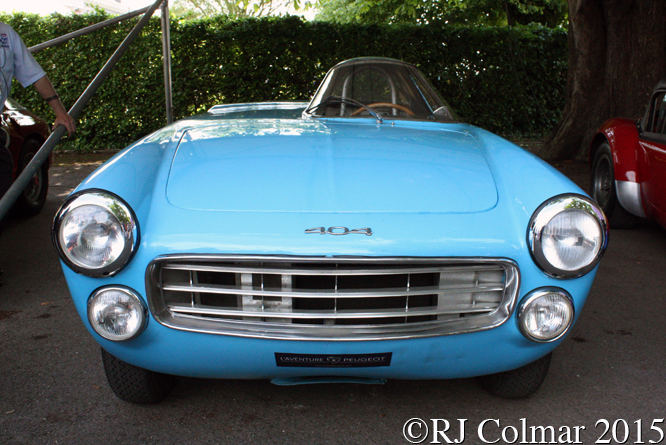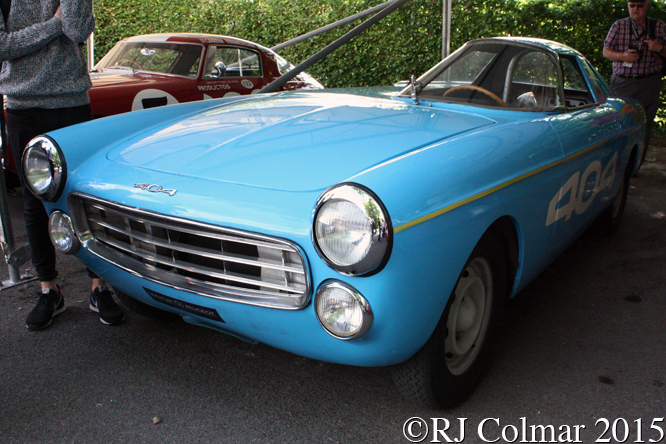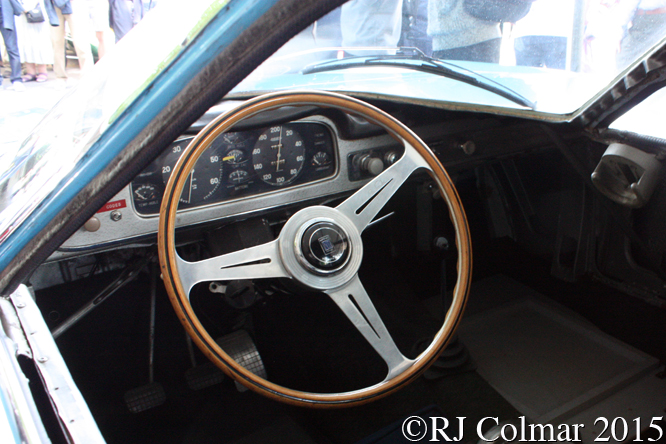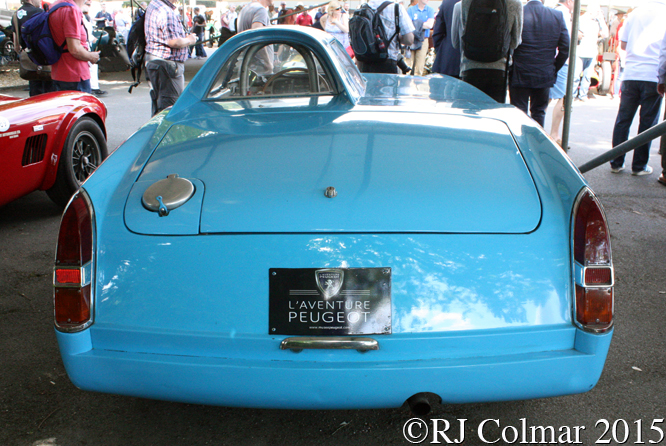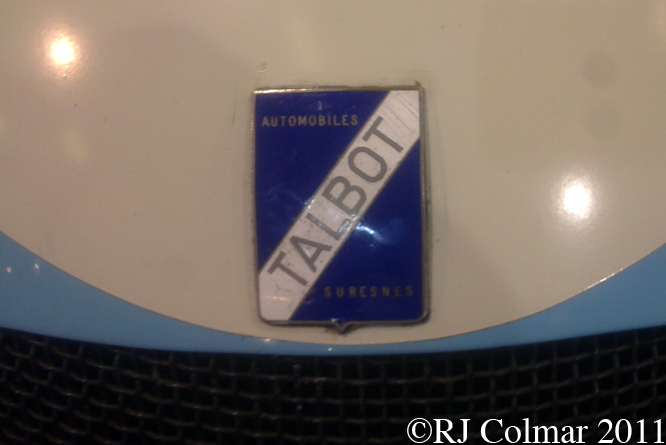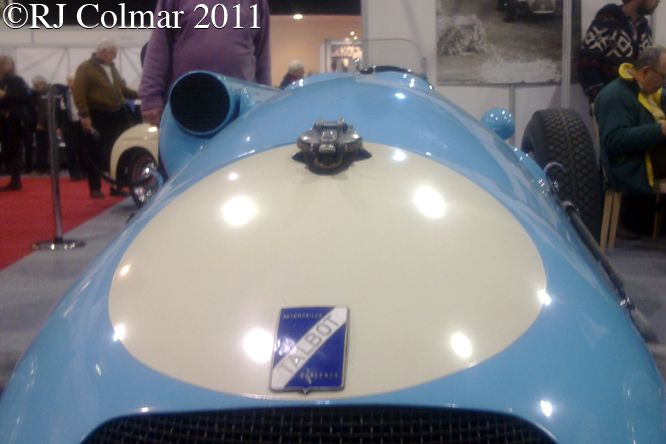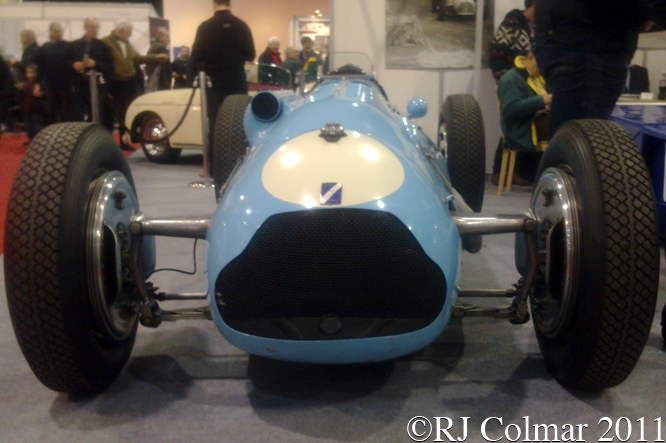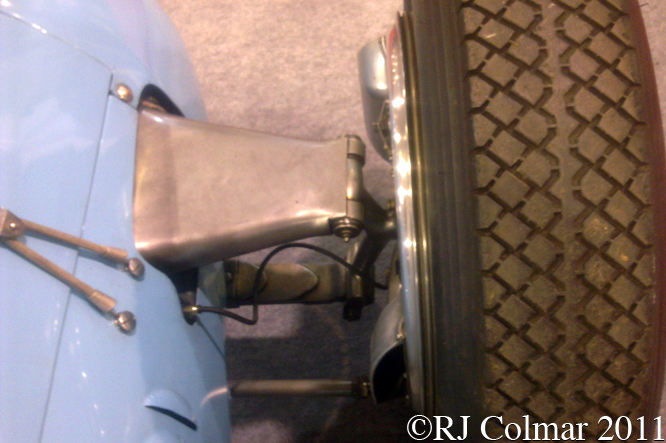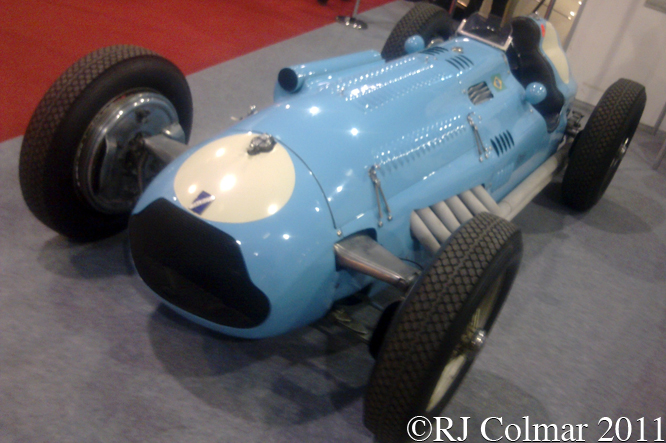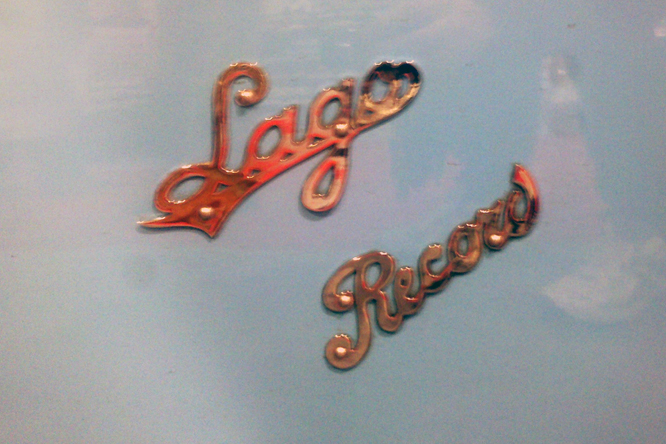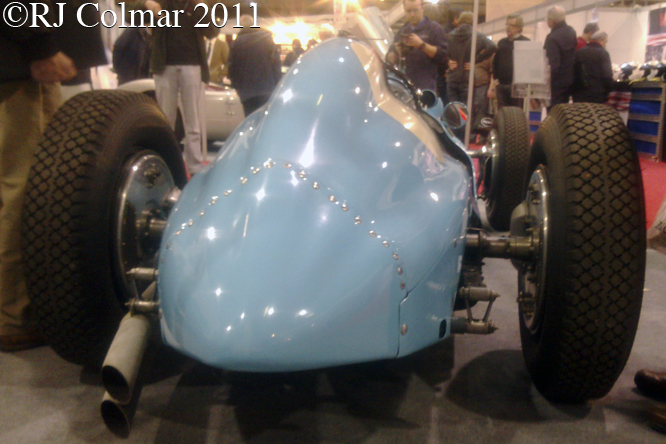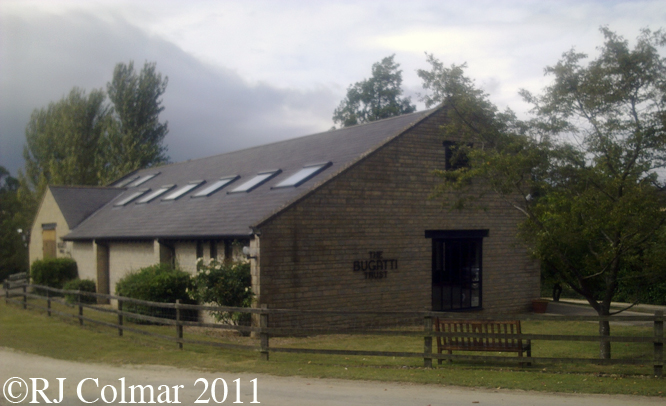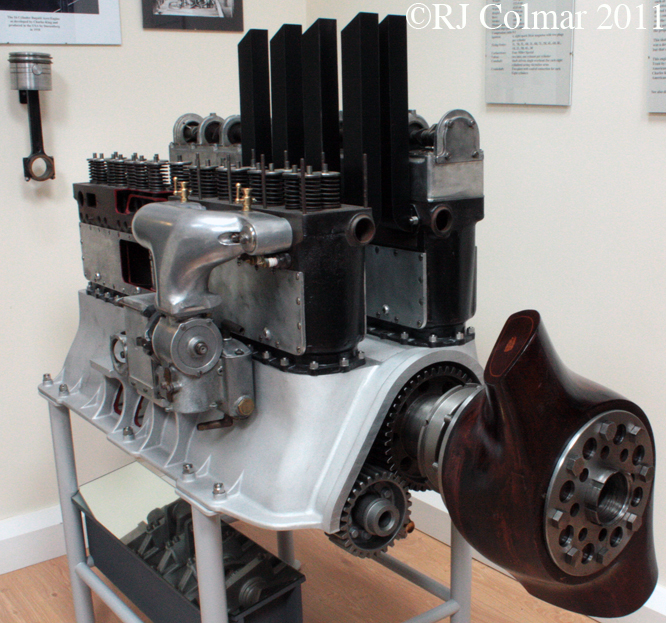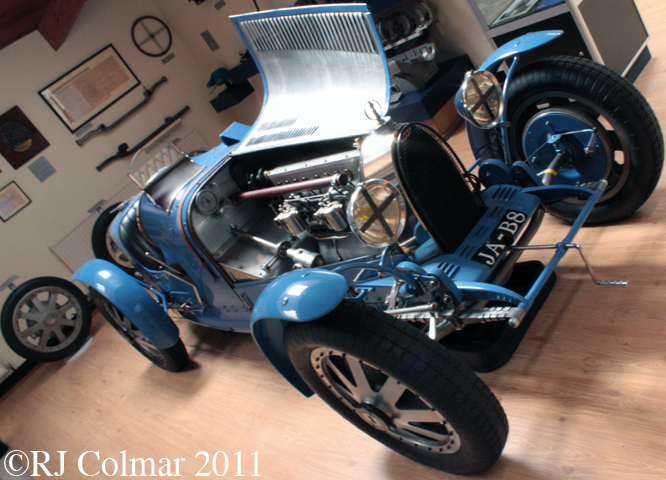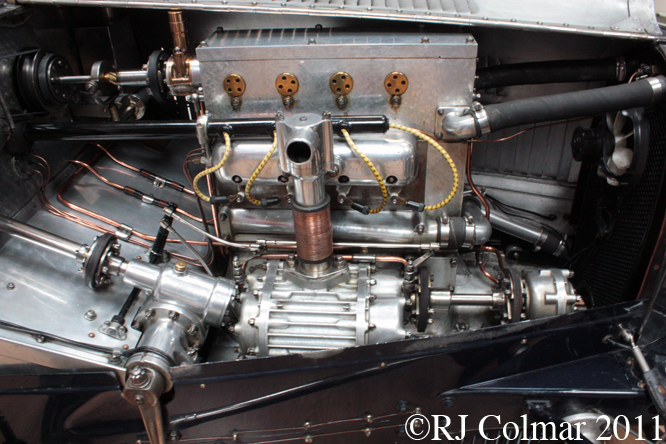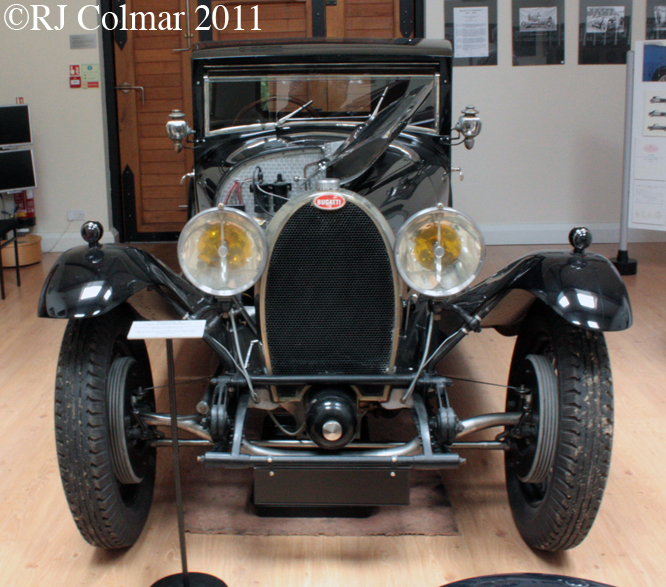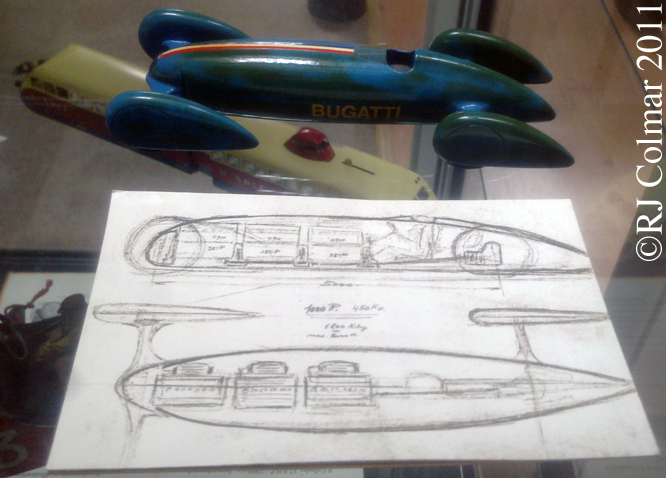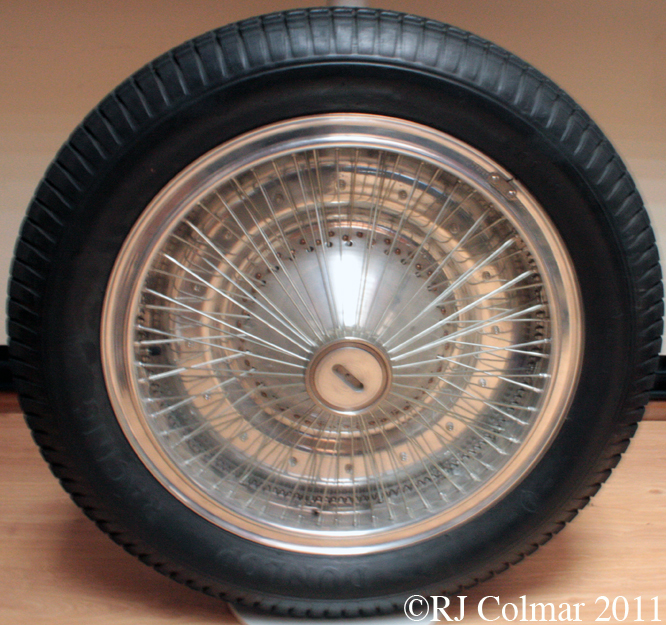Earlier this year a team of 300 workers in the Hakskeen Pan in the Nothern Cape of South Africa set about clearing rocks and obstacles from 9,500,000 square meters of desert, by hand, in order to prepare a 19 km long surface 500 meters wide in anticipation of the arrival in the new year of what may well prove to be the biggest land based engineering adventure of the decade.
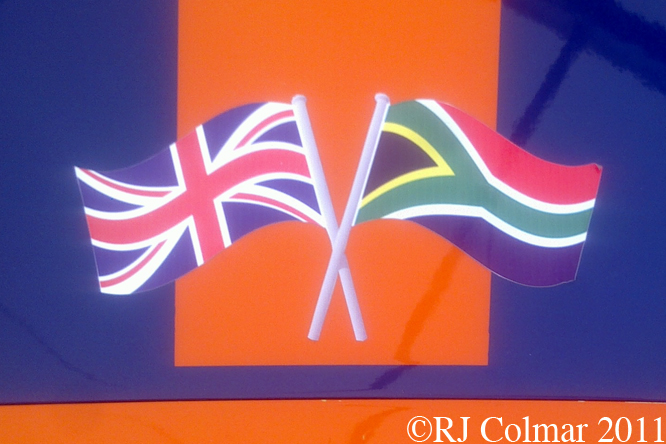
The Hakskeen Pan was chosen by former World Land Speed Record Holder Richard Noble, 633 mph in 1983, and present World Land Speed Record Holder Wing Commander Andy Green, 763mph in 1997, and their BLOODHOUND Project team as the most suitable venue to realise a £15 million pound dream in just over 80 seconds by driving their six and a half ton vehicle at a two way average speed of over 1,000 mph in 2 consecutive runs.
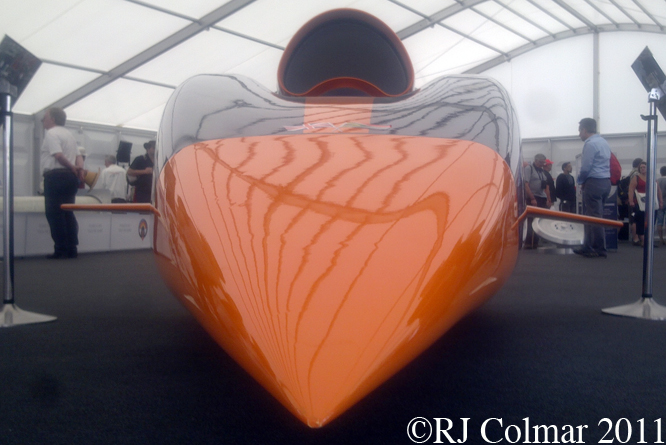
In order to achieve this goal some lateral thinking was required in order to get some basic backing. The BLOODHOUND project was announced in 2008 as one who’s primary mission is too inspire future generations of engineers with a program of school projects in both the UK and South Africa which are designed to inspire youngsters to see the possibilities and realise their dreams through engineering and team work. One school has already broken the Land Speed Record, for a model car.
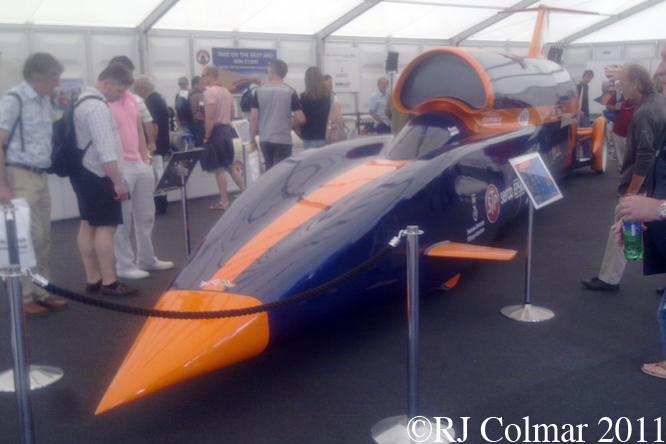
Serving RAF pilot Wing Comander Andy Green will be taking the wheel of the BLOODHOUND SSC when it gets to Hakskeen Pan and to train for the 2.5g he will experience during acceleration and 3g he will experience during breaking he will be engaged in stunt flying exercises that expose his body to similar forces.
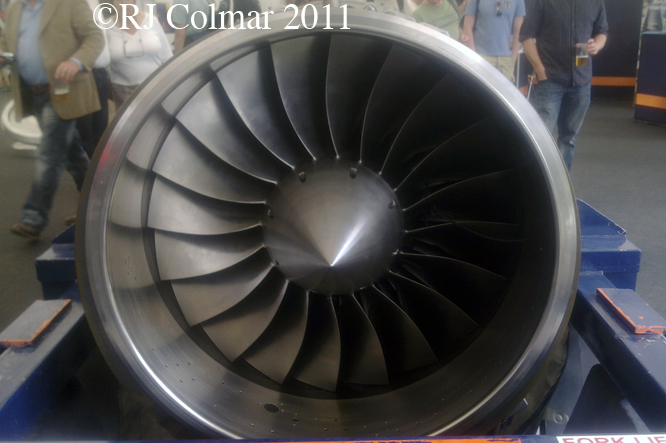
To propel the 6.5 ton BLOODHOUND SSC to 300 mph the team have acquired a prototype Eurojet EJ200 jet engine which produces 90 kN / 20,000 lb/f of thrust with the after burner on.
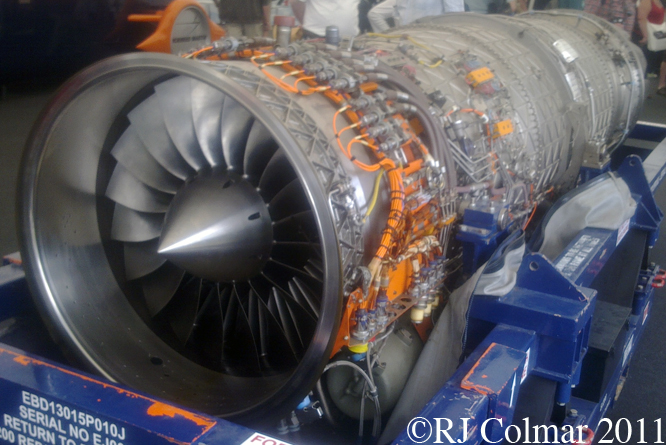
Allegedly the motor was destined for a Museum before getting reassigned to Land Speed Record breaking duties.
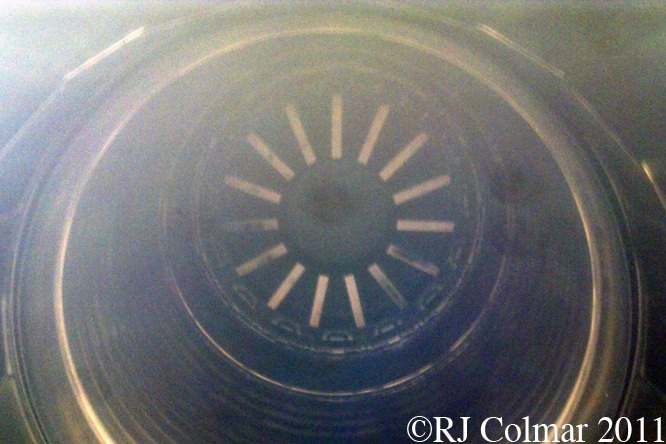
Two such motors are usually to be found in the Eurofighter Typhoon.
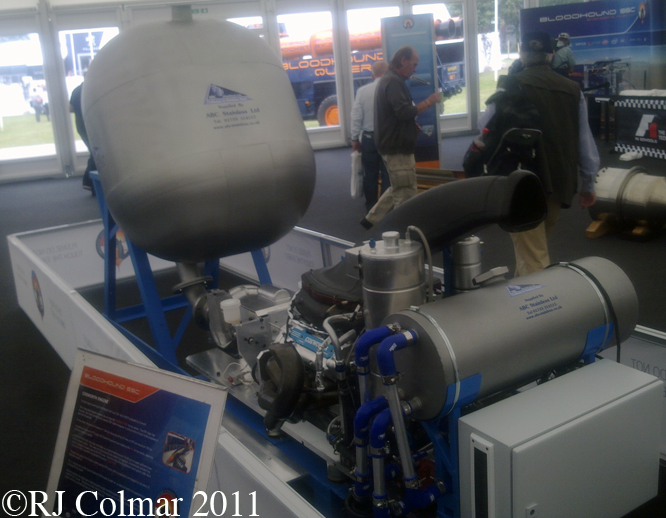
In order to accelerate another 700 mph this device will pump a ton of High Test Peroxide (HTP), highly concentrated hair dye, at 820 psi in 20 seconds through a silver catalyst which instantly decomposes the HTP into a 600°C stream of steam and oxygen which ignites the rockets fuel grain hydroxyl-terminated polybutadiene, like rubber pellets which will generate another 111 kN / 25,000 lb/f of thrust.
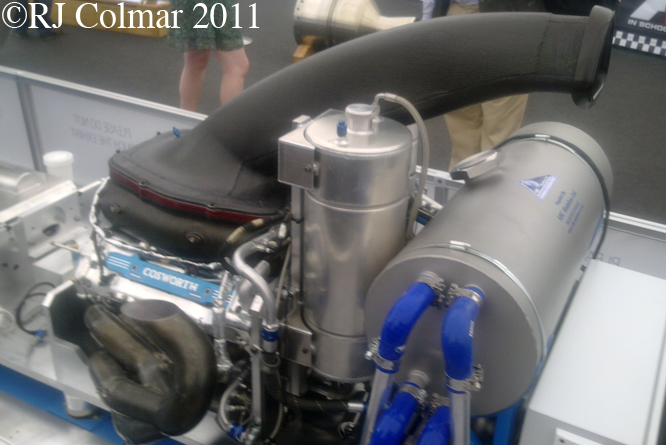
Already dubbed the most expensive fuel pump on a four wheeled vehicle in the world the pump is powered by a 2.4 litre / 146 cui Cosworth CA 2010 V8 motor which was designed for Formula One applications where the revolutions are restricted to 18,000 rpm.
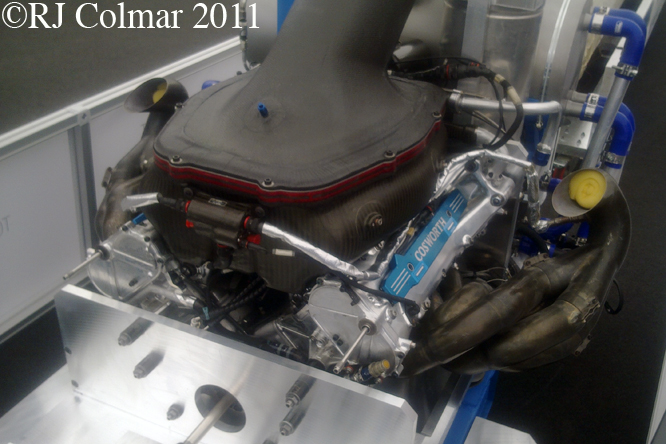
The 18″ rocket was designed by Manchesters Daniel ‘Rocket Dan’ Jubb a self taught roketeer who has been building rackets since he was 5 years old. The first test of the BLOODHOUND SSC rocket were carried out earlier this year and the results exceeded expectations.
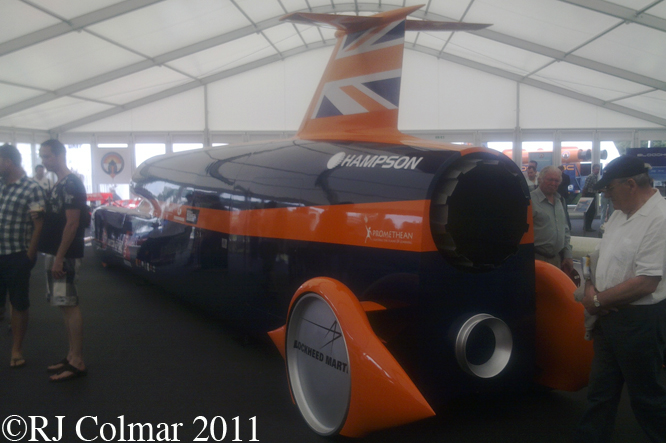
The vehicle shown here is a full scale mock up of the real thing which is being built a few miles down the road for me here in Bristol next to the SS Great Britain.
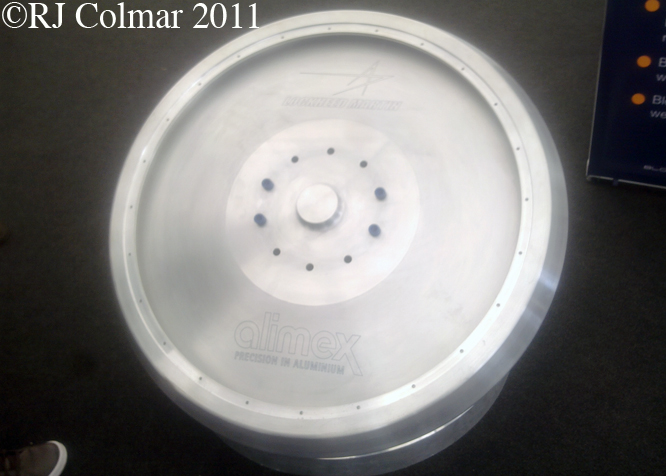
The 95 kg / 209 lb , Alimex aluminium wheels have been designed with the help of Lockheed Martin, at 1000 mph they will rotate at 10,000 rpm and the rims will experience 50,000 radial G !
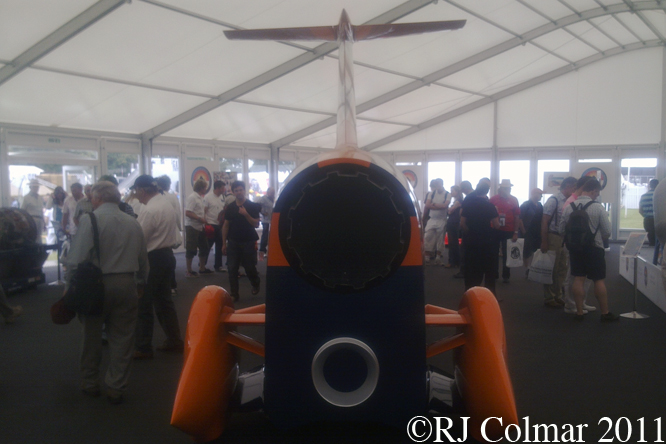
In order to take the world record over 1,000 mph the car will have to make two runs in opposite directions with a combined average timed speed over the flying mile of over 1,000 mph. With only 19 kms of straight desert on which to play with stopping the car safely and turning it around, with in one hour, is crucial to slow the car down air brakes will be deployed once the car has slowed down to 800 mph and once the car has been slowed to 600 mph parachutes will be deployed with disc brakes available at speeds below 250 mph.
Early next year should see BLOODHOUND SSC being given it’s first test runs in the UK before being shipped to South Africa for a crack at setting a 1000mph Land Speed Record.
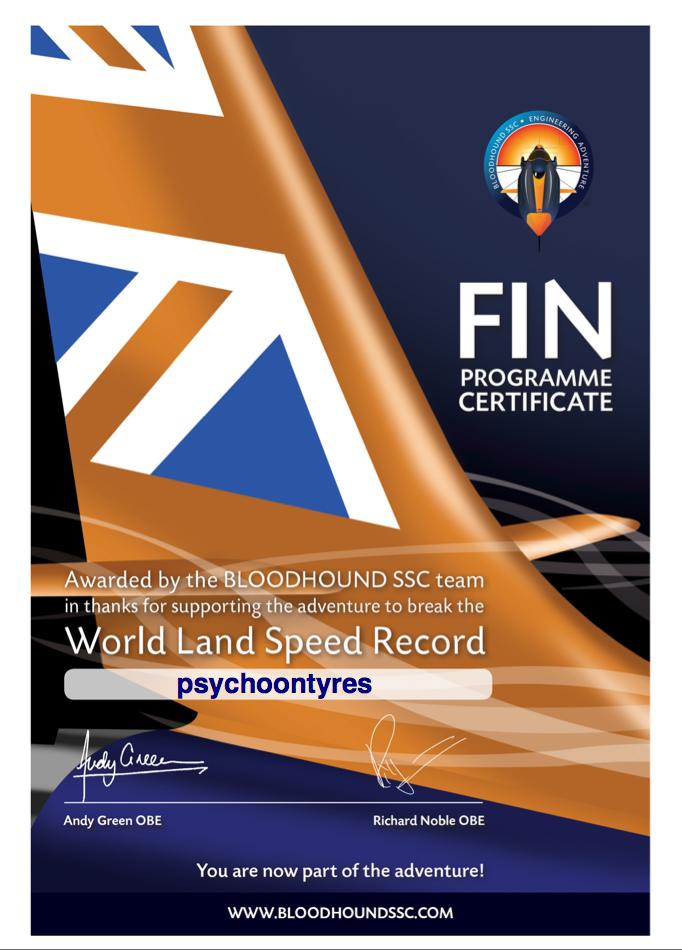
If you’d like to get involved with this Land Speed Record Engineering Adventure check out the BLOODHOUND SSC website linked here, the legend ‘psychoontyres’ will be appearing on the car as part of the Name on the Tail Fin program.
Wishing all GALPOT readers and contributors all the best for the New Year.
Thanks for joining me on this “Engineering Adventure Get Involved” edition of “Gettin a li’l psychoontyres” I hope you will join me again tomorrow. Don’t forget to come back now !
